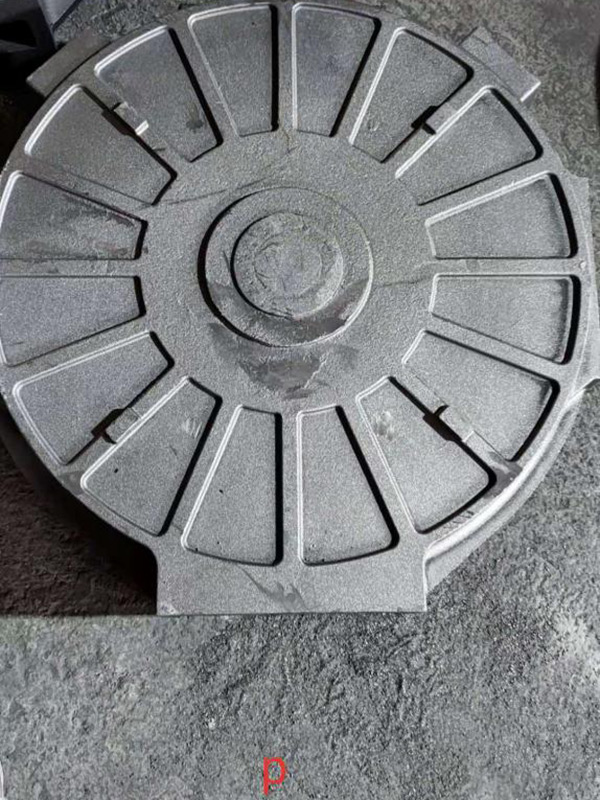

Trust in the dry sand casting methodology comes from its proven reliability and adaptability in manufacturing a broad spectrum of metal components, from large-scale engine blocks to delicate turbine blades. Its authority as a technique is continually reinforced by the continuous advancements in material science and process engineering. Innovations such as enhanced binder systems and automated molding techniques have expanded the capabilities of dry sand casting, allowing for even more complex geometries and increased production efficiency without compromising quality. For those entering the field or seeking to refine their expertise, understanding the intricacies of dry sand casting is imperative. This method offers unparalleled flexibility and precision for metal part production. The key to mastering it lies in the meticulous selection of materials, thorough preparation, and continual process optimization. Moreover, collaboration with seasoned professionals and staying abreast of technological advancements can significantly enhance one's expertise in this domain. In sum, dry sand casting remains a cornerstone of modern manufacturing, praised for its adaptability and precision. By leveraging expert knowledge and adopting sophisticated techniques, industry professionals can continue to advance the art and science of metal casting. It is this blend of tradition and innovation that ensures dry sand casting maintains its position at the forefront of industrial production processes. Post time:maalis . 05, 2025 02:28
Next:coated sand casting
